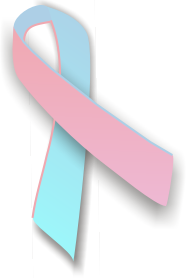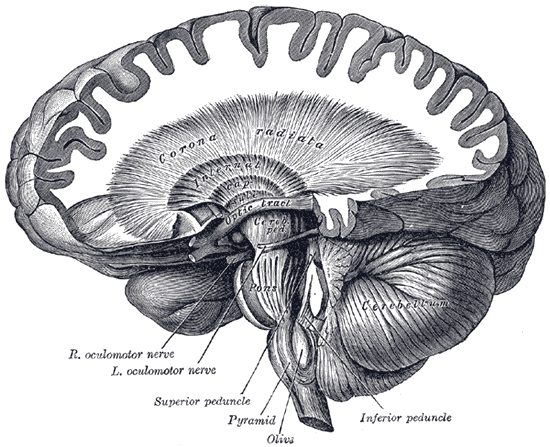- Abortion In Portugal Wikipedia
-
2016 Irkutsk Mass Methanol Poisoning
Wikipedia
Their 30-day order came into effect on 26 December and was scheduled to run for one month before being extended for a further 60 days in January, March, and July; the restrictions did not cover perfumes and glass-cleaning products. [7] [26] [27] Further restrictions were considered, with one top health official announcing that a state monopoly may be imposed on Russia's perfume and pharmaceutical industries . [28] In the end, Russia amended its legal code to strengthen punishments for illegally producing and selling alcohol, banning the kind of alcoholic vending machines through which the Irkutsk bath lotion was sold, and prohibiting online advertisements of alcoholic retailers.
- Klippel–trénaunay Syndrome Wikipedia
-
Post-Adoption Depression Syndrome
Wikipedia
. ^ McKay, Katherine; Ross, Lori E.; Goldberg, Abbie E. (2010-05-28). "Adaptation to Parenthood During the Post-Adoption Period: A Review of the Literature".
- Male Breast Cancer Wikipedia
- Kwashiorkor Wikipedia
-
Hiv Associated Cardiomyopathy
Wikipedia
Interferon-alpha can cause arrhythmia and myocardial infarction/ischemia. [28] [29] Treatment [ edit ] Mortality in HIV-infected patients with cardiomyopathy is increased independently of CD4 count, age, sex, and HIV risk group. [30] [31] The therapy is similar to therapy for non-ischemic cardiomyopathy: after medical therapy is begun, serial echocardiographic studies should be performed at 4-months intervals.
- Cdk13-Related Disorder Wikipedia
-
Animal Lead Poisoning
Wikipedia
Archived from the original on 30 July 2009 . Retrieved 2009-07-28 . ^ Neathery, M.W.; Miller, W.J. (1 December 1975).
- Carey-Fineman-Ziter Syndrome Omim
-
Andersen Cardiodysrhythmic Periodic Paralysis
Omim
At least 2 dysmorphic features were present in 28 of 36 KCNJ2 mutation carriers (78%): 14 of 36 (39%) had low-set ears, 13 of 36 (36%) had hypertelorism, 16 of 36 (44%) had small mandibles, 23 of 36 (64%) had clinodactyly, and 4 of 36 (11%) had syndactyly.
-
Neuroferritinopathy
Gene_reviews
Clinical Findings in Individuals with Neuroferritinopathy View in own window Clinical Finding Number Percent Presenting phenotype Chorea 20/40 50% Dystonia 17/40 42.5% Parkinsonism 3/40 7.5% Asymmetry of movement disorder 25/40 62.5% Speech & swallowing Dysarthria 31/40 77.5% Dysphonia 19/40 47.5% Orolingual dyskinesia 26/40 65% Dysphagia 16/40 40% Eyes Abnormal EOM 3/40 7.5% Abnormal fundi 0/40 0% Motor Bradykinesia 14/40 35.5% Tremor 0/40 0% Dystonia 33/40 82.5% Chorea 28/40 70% Spasticity 0/40 0% Normal strength in nondystonic limbs 40/40 100% Increased tendon reflexes 7/40 17.5% Babinski reflex 0/40 0% Ataxia 0/40 0% In 40 individuals with the FTL c.460dupA pathogenic variant [Chinnery et al 2007] EOM = extraocular muscle (function) Neuroimaging.
-
Transfusion-Related Acute Lung Injury
Wikipedia
Accessed via http://www.uptodate.com/contents/transfusion-related-acute-lung-injury-trali on 6/28/17. ^ Semple, John W.; Rebetz, Johan; Kapur, Rick (April 25, 2019).
- Intestinal Parasite Infection Wikipedia
- Miliary Tuberculosis Wikipedia
-
Uterine Cancer
Wikipedia
. ^ "Uterine cancer statistics" . Cancer Research UK . Retrieved 28 October 2014 . ^ Felix, Ashley S.; Brinton, Louise A.HMGA1, BARD1, CSF3, SMAD3, PROM1, KRAS, INHBA, HOXB9, CDKN1B, BAP1, MSH2, BRCA1, PIK3CA, PTEN, STK11, PGR, ERBB2, FOXA2, BRCA2, PPP2R1A, ZEB1, XRCC3, TP53, AURKA, ACAT1, ABCF2, NES, SLC39A6, SPA17, CDC42SE2, RHOU, RNF26, CCDC54, CTCFL, PTK2, PDGFRA, PTPA, PIK3CG, CCND1, BCL2, CDKN2A, CLDN3, CCN2, CTSL, EPHA2, FOLR1, HSPA8, SMAD2, MBL2, MDH2, PDCD1, PIK3CB, PIK3CD, MIR222
- Biotin Deficiency Wikipedia
- Athetoid Cerebral Palsy Wikipedia
-
Lytico-Bodig Disease
Wikipedia
Scientificamerican.com . Retrieved 2013-09-28 . ^ Brody JA, Chen K (1969). "Changing epidemiologic patterns of Amyotrophic Lateral Sclerosis and Parkinsonism-Dementia on Guam".
-
Feingold Syndrome 1
Omim
Taken together with previous reports, the risk for tracheoesophageal fistula and/or duodenal atresia in this disorder was 8 in 29, or approximately 28%. Frydman et al. (1997) described 4 families with what they considered to be the same disorder, which they called microcephaly-oculo-digito-esophageal-duodenal syndrome, or MODED.














